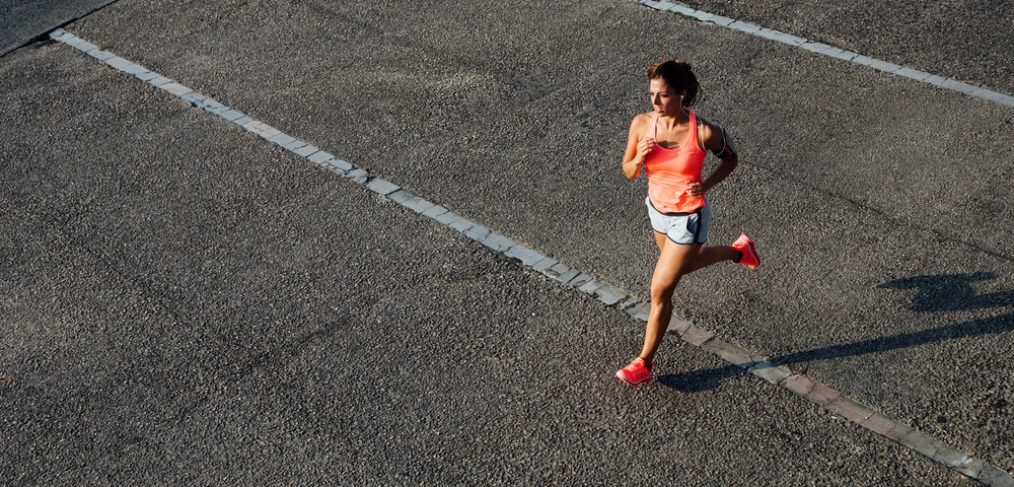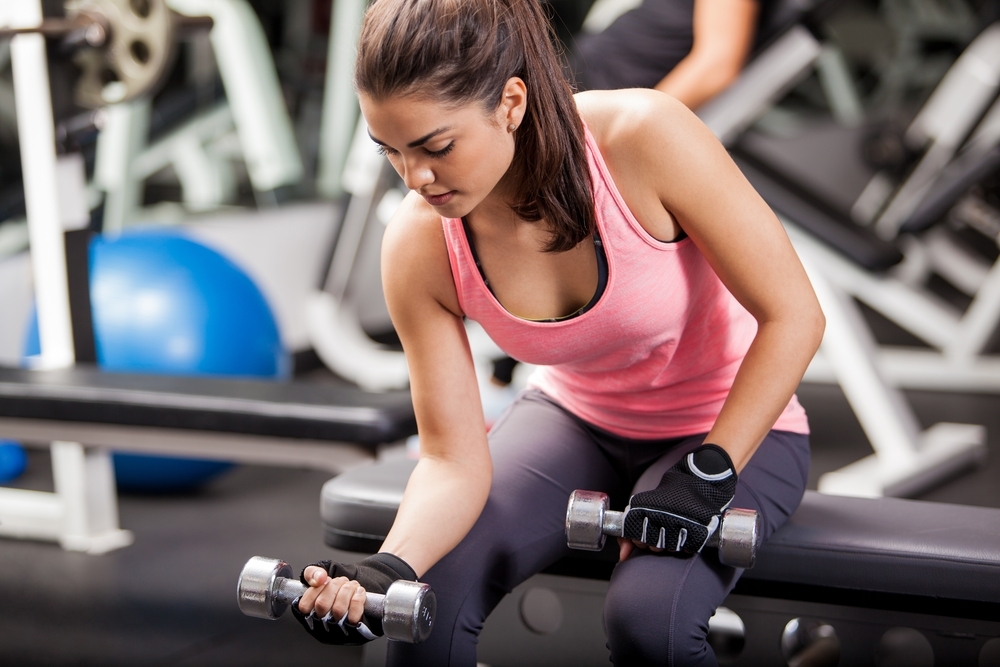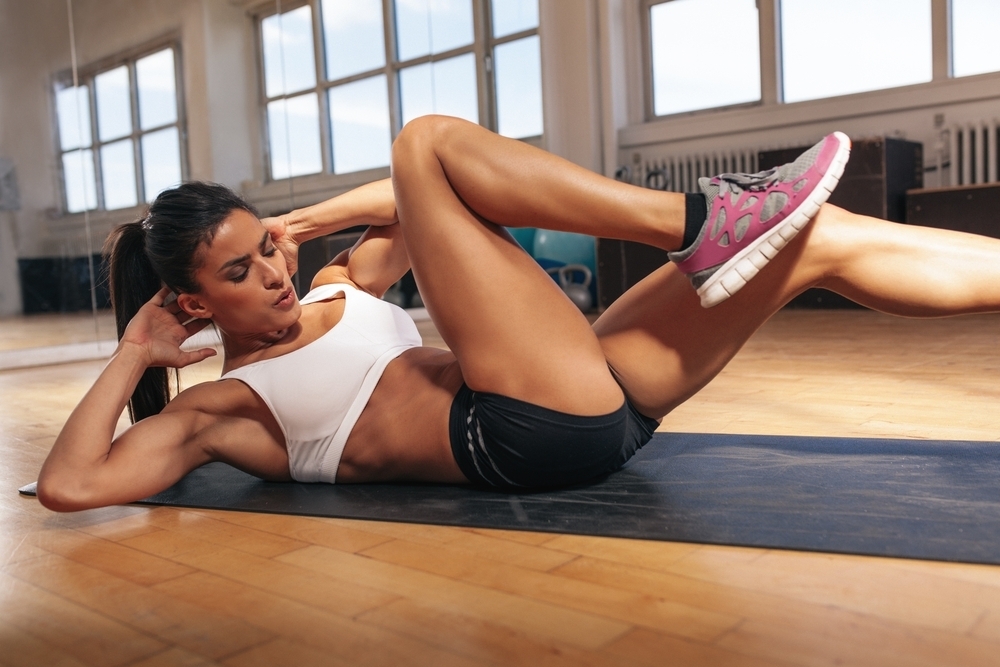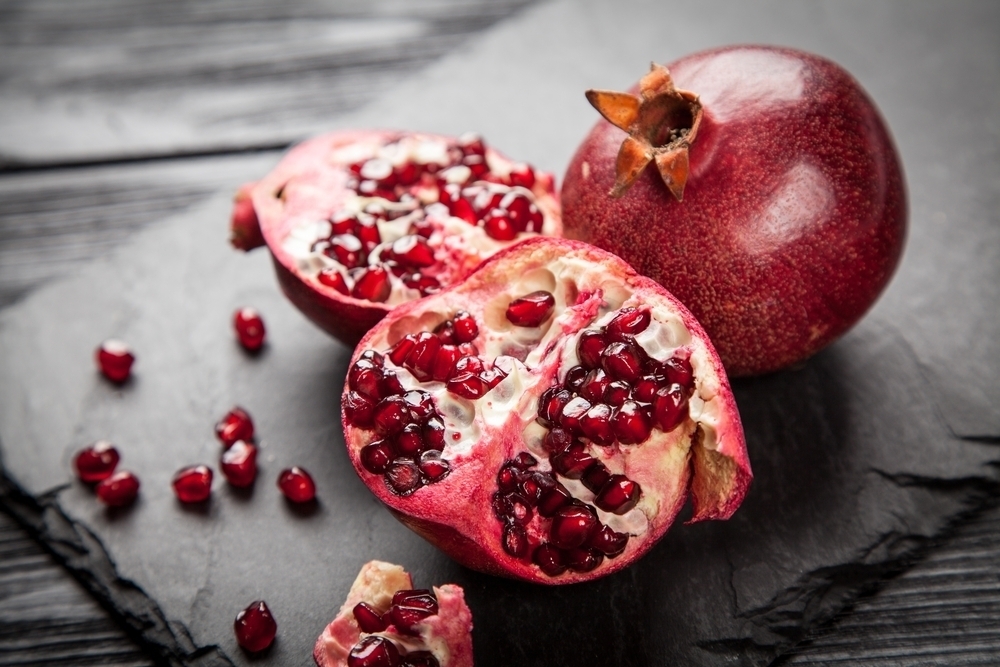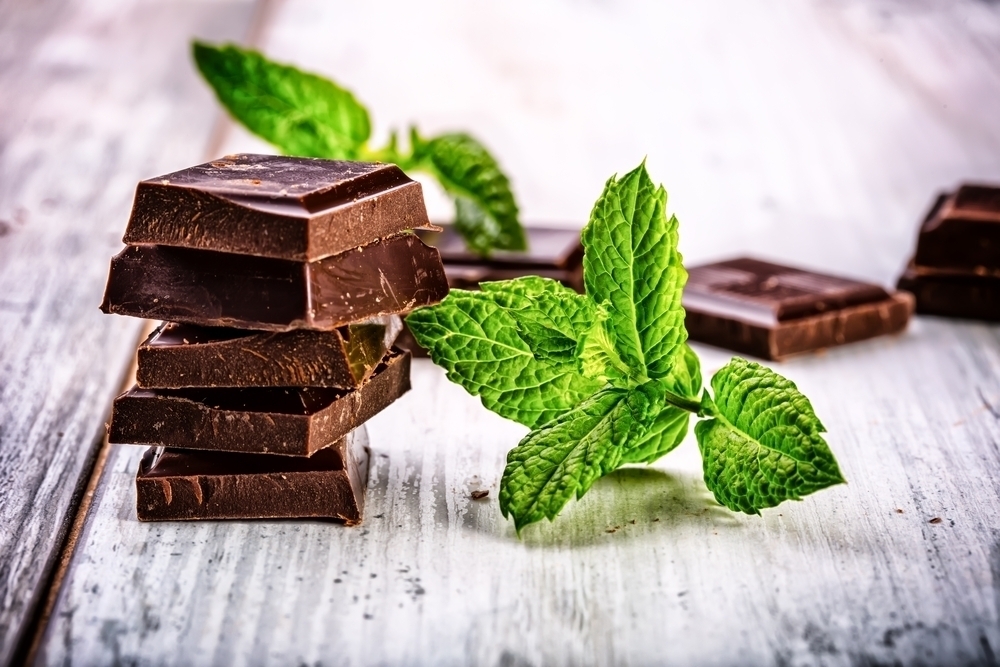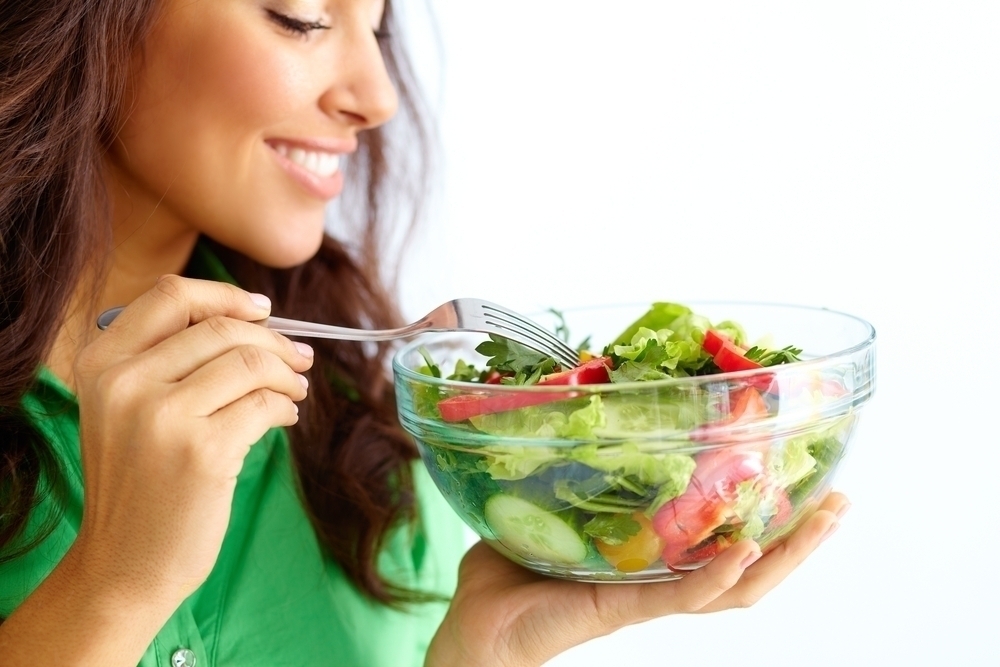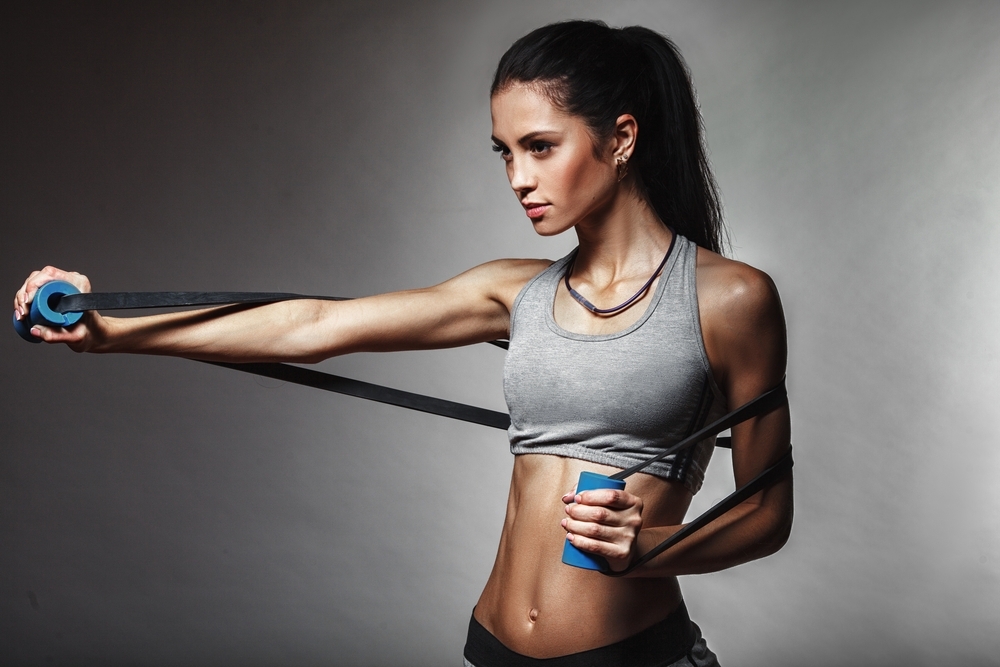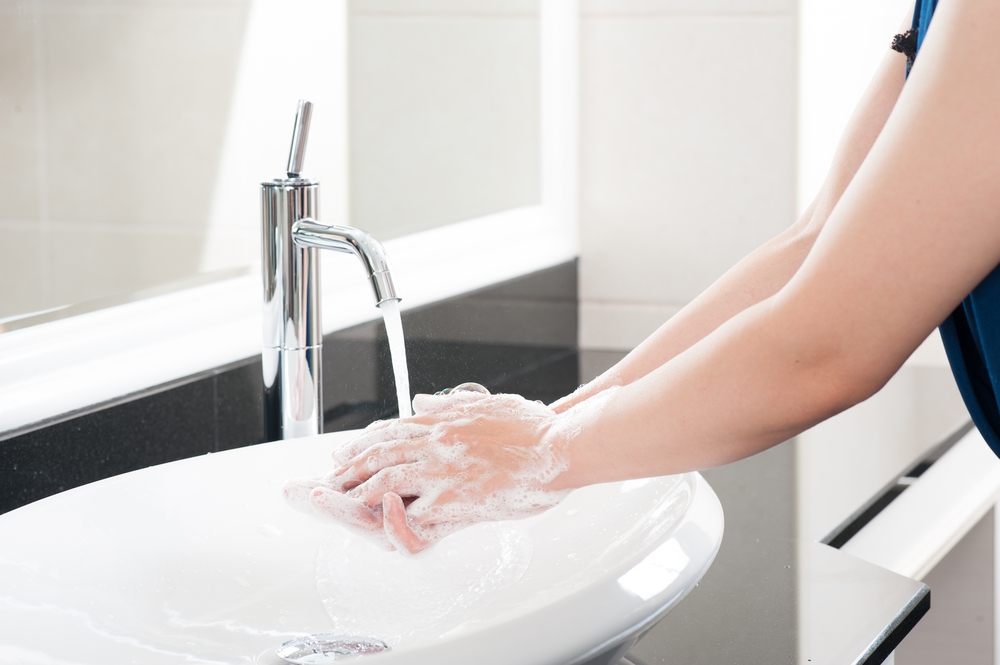Hormones, can’t live with ’em, can’t live without ’em. When you’re a teen, they hit you like a mac truck, wreaking havoc on your formerly clear skin and relatively easy going parents. Then, just when you thought you’d got them under control, the 40’s hit, hormone levels go down and you’re wishing for just a smidgeon of the estrogen you had in high school. Hormones can be a tricky thing, and sometimes they can seem to have a lot more control over your skin than you do, but there is a way to make peace. Read on for a little insight on hormone fluctuations, what to expect, and how to deal with them.
The Teen Years
When girls hit the ages of around 12 or 13, the introduction of hormones begins. The female body starts to produce estrogens and androgens in high quantities and the skin is impacted. Estrogen is responsible for the “female aesthetic”, causing breasts to develop and giving the hips their curves. In the skin, estrogen decreases the size of pores, giving it a smooth surface and builds elastin and collagen to give skin elasticity and maintain moisture. However, it is the male hormones which lead to the oiliness. Androgens, including testosterone, stimulate hair growth, enlarging pores and boosting sebum, the oily substance in the skin. The result? Acne.
The 20’s and 30’s
The twenties and thirties are definitely the best it gets as far as hormones are concerned. Estrogen peaks and the testosterone boosts sebum, giving skin radiant glow. The hormones are in balance.
The 30’s and 40’s
Of course, nothing gold can stay. After the estrogen effect peaks at around the age of 25, it begins to drop, slightly in the 30’s and more noticeably in the 40’s. Production of collagen and elastin decrease and the skin begins to lose elasticity, affecting the aging skin in a far greater capacity than sun damage. By the late 40’s women enter perimenopause, the purgatory between ovulation and menopause. Hormones cycles change and women may notice a resurgence of acne, an increase in facial hair, and thinning hair on the scalp.
50’s and Up
Most women have reached menopause by the age of 50. Estrogen and testosterone production declines, and with it, the skin manufactures less collagen and elastin. In fact, according to a study in the Venus Week, collagen production declines 2.1% every year in the 15 years following menopause, leading to a 30% decrease in collagen between the ages of 50 and 65. Hot flashes may occur and the skin will get drier, thinner, and more wrinkled.
Controlling Hormones
Because hormone fluctuations are often the result of excess weight and lack of exercise, a good dietary and exercise regimen is key in maintaining hormonal balance. However, underweight women are also at risk for hormonal imbalances. Experts advise aiming for a body mass index between 20 and 25.
Women in their 20s can control acne by using face cleanser including salicylic acid, while older women with decreased skin elasticity should use an exfoliant weekly and an antioxidant containing moisturizer. Retinoids can help with wrinkles, and all women should wear sun screen, as sun damage can intensify unwanted changes in the skin.
The first step to finding treatment is diagnosing the problem. Says Rebecca Booth, MD, “Women must first understand the effects of their hormones on the skin and overall health to seek lifestyle changes to navigate these natural fluctuations. With the power of knowledge, they can seek solutions to achieve the maximum flow of hormonal balance all month long and all life long.”
Are your hormones wreaking havoc on your skin? Let us know how you’re coping. We love to hear from you.




